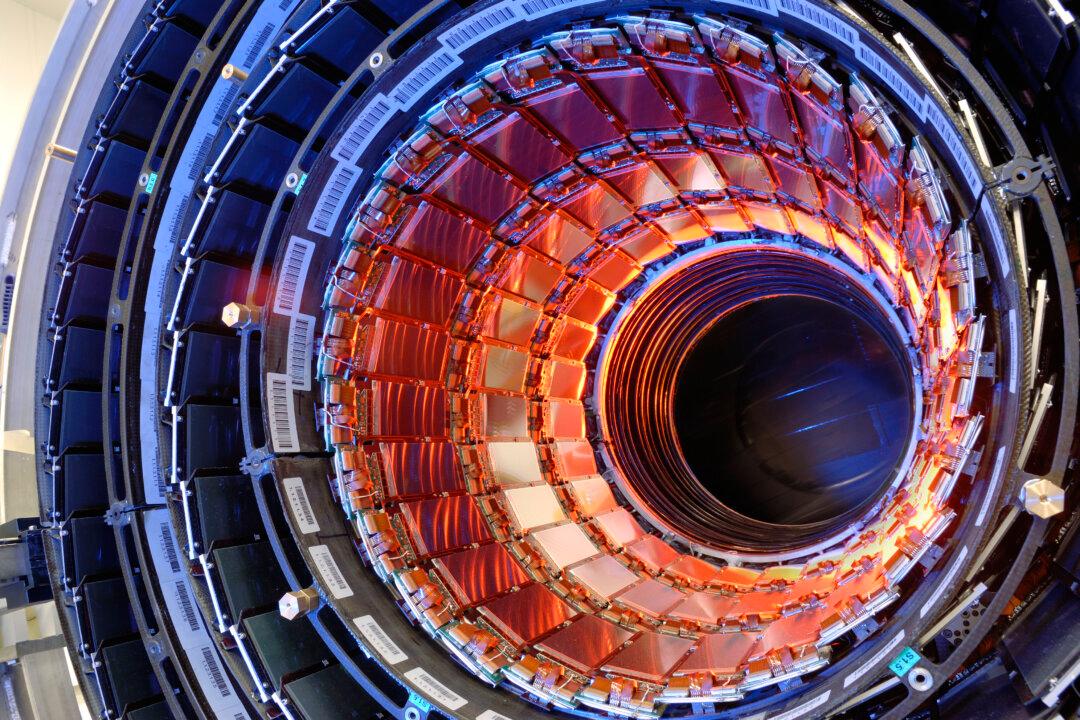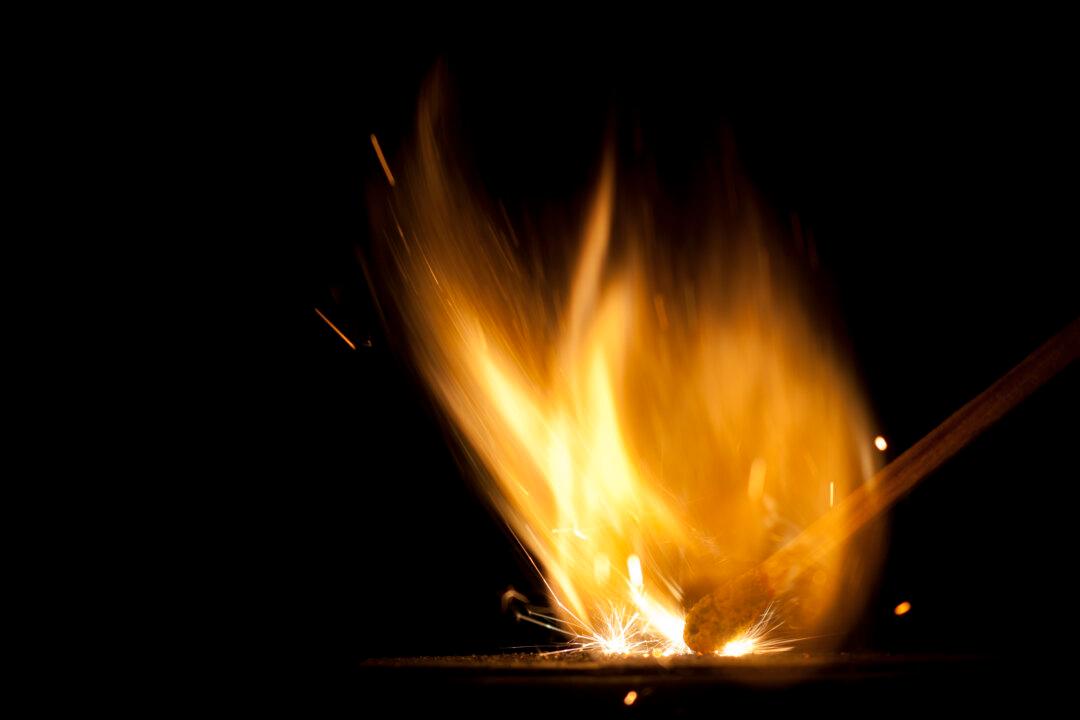After two-years of upgrades and repairs, the Large Hadron Collider is back in the particle-smashing business—this time at double the energy of its first run.
On June 3, researchers at CERN, the European Organization for Nuclear Research, began recording data from the highest-energy particle collisions ever achieved on Earth, and began a new set of experiments that will shed light on a new realm of physics.
Brandeis University writer Leah Burrows spoke with professor Gabriella Sciolla about the restart and the frontier of physics.
What Are the Biggest Discoveries Physicists Hope to Make in the Coming Year With This New, Improved Experiment?
The big goal is to search for what we call “New Physics,” meaning new elementary particles and new interactions that extend our understanding. We can summarize the search for New Physics in three categories: the search for new elementary particles; the search for dark matter; and the measurement of the Higgs boson’s properties.
New elementary particles are predicted by exotic theories, such as supersymmetry or extra dimensions, but have never been observed.
Dark matter particles, which make up 85 percent of the mass of the universe and have never been observed in the lab, can be produced in high-energy proton-proton collisions at the LHC. Seeing them for the first time would be a revolutionary achievement.
New interactions and new particles will affect the behavior of the Higgs boson. For example, the Higgs will interact with other particles in a way that is different from what the current theory predicts.
What Are You Most Excited About?
Difficult choice! These three avenues are all very promising and may all lead to a paradigm shift in physics. However, choices need to be made since we cannot work on each and every topic.
At the very beginning of Run 2, my group will focus on two topics: extra dimensions and dark matter. Theories of extra dimensions predict a new particle, known as Graviton, that decays into two energetic elementary particles called muons. Given our know-how in muon reconstruction, it is natural for my group to lead these searches.
This Experiment Costs an Awful Lot of Money. What Do You Tell People Who Question Its Value?
It’s hard to put a price tag on knowledge. This experiment gives us a chance to understand how the universe works at its most fundamental level. The technological applications we develop in pursuit of scientific answers are important. But understanding the basic science will benefit humanity in the long term.
The LHC experiments are international projects, so we share the costs. The ATLAS experiment, for example, was built by a collaboration of 38 countries on four continents.
What Will You Be Thinking When the Experiment Officially Restarts?
It will certainly be a historic moment. These collisions could change the way we think about particle physics. Since I am responsible for the reconstruction and calibration of muons in the ATLAS experiment, I will be totally absorbed in delivering the best quality muons to the collaboration. Muons are crucial ingredients for many searches for New Physics.
If the accelerator works as expected, we need only a few months of data to publish our first results. We can’t wait!
This article was originally published by Brandeis University. Republished via Futurity.org under Creative Commons License 4.0.



